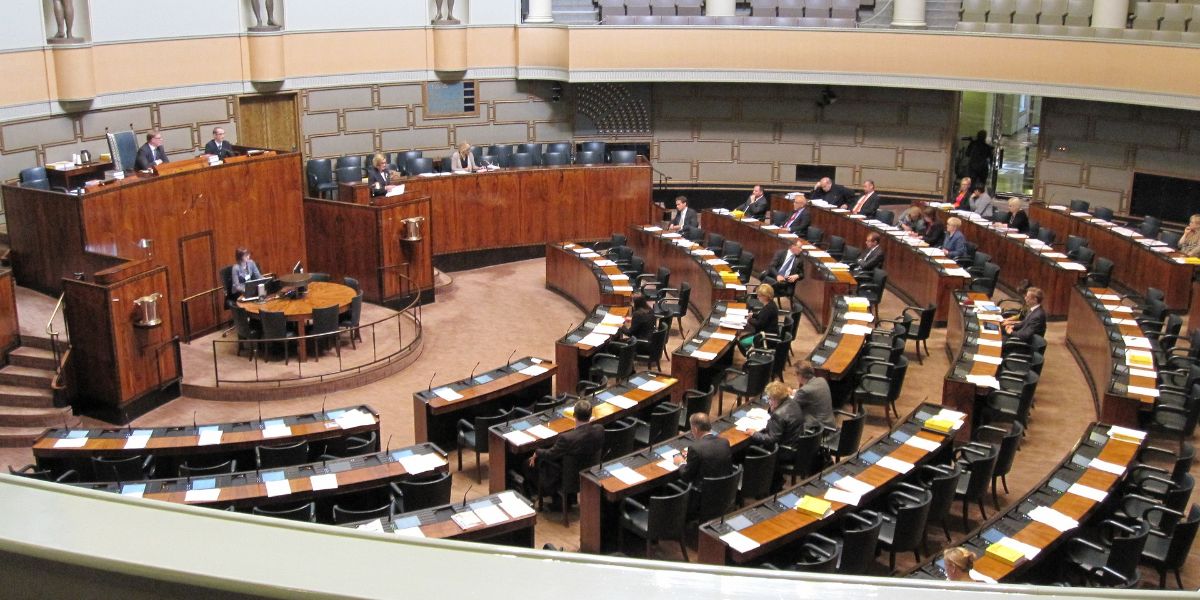Recently, the Finnish Supreme Administrative Court has issued two new pre-orders on transfer pricing rules, KHO: 2017: 145 and KHO: 2017: 146. The ruling defines the policy for transfer pricing for intra-group services and how to determine the arm’s length mark-up.
Intra-group service charges for enterprise resource planning (Case KHO:2017:145)
In KHO:2017:145, a Finnish multinational company had incorporated a new subsidiary in Finland for the sole purpose of obtaining an ERP license and centralizing the development of ERP within the Group.
Finnish tax authorities argued that when the company achieved ERP expenses, it should have charged the participating group companies with associated costs together with a mark-up.
The court argued that the implementation of ERP was not considered a cost sharing between the participating group companies. MNE can implement an ERP system by having a company responsible for ERP, then debiting the participating group companies with a service fee (including full cost and landup) when each company participates in the ERP system. However, the court did not decide on the arm’s length required in this case. The case was referred back to the Finnish tax administration to determine the appropriate markup at market level.
Intra-group services related to global supply chain (case KHO:2017:146)
In KHO:2017:146, the ultimate parent company in Finland had provided its foreign affiliates with services related to the global supply chain, including marketing, brand management, HR and IT, in order to coordinate and standardize such services globally.
The court argued that a market level markup task has to be charged for the services provided by the Finnish parent company. However, the market level would not be determined on the basis of the markup charged by independent consultancy companies. The Court’s reasoning regarding the decision was that since the services of independent consultancy companies differ from services made by the Group’s ultimate parent company, it was not possible to make adjustments sufficiently accurate to eliminate the differences between the two. Instead, the markup must be determined based on the benefit of the subsidiaries received from the services. The Court argued that such an advantage in the immediate case was a 3% increase in the cost of services.

















